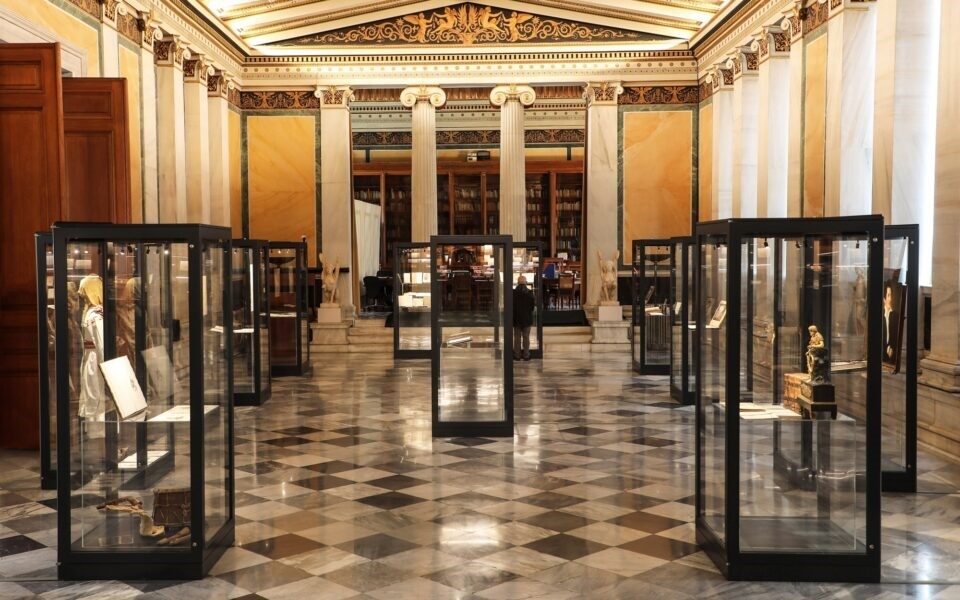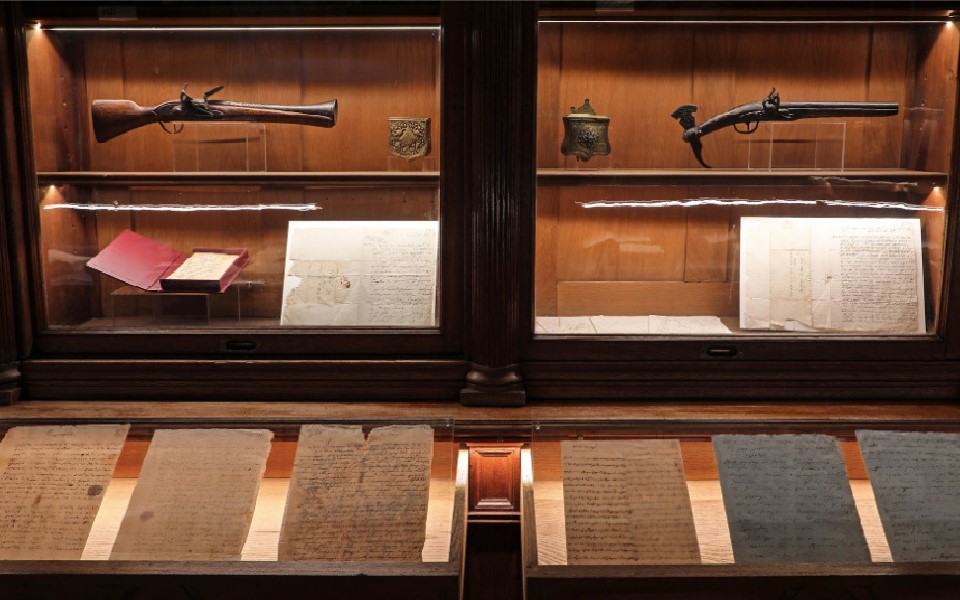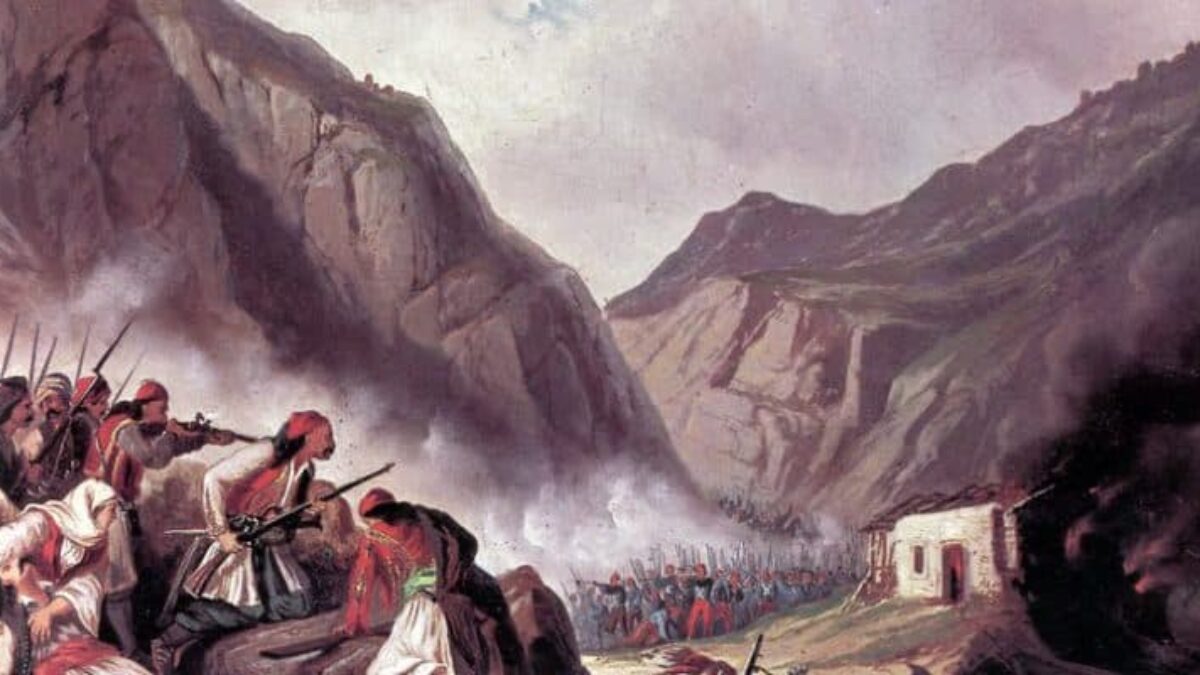Treasures of the Greek Revolution at the Academy of Athens


The Academy of Athens is hosting an exhibition on the Greek Revolution of 1821, presenting rare letters and manuscripts from prominent figures of the Greek Enlightenment, works of art, maps, and items associated with Lord Byron and the Philhellenic movement.
Organized in the Academy’s impressive Eastern Hall, many of the documents and objects on display are presented to the public for the first time.
“Through the exhibition, the Academy presents its treasures for the first time to the public in a robust yet minimalist narrative, covering with selected objects the years from the end of the 18th century until 1827,” notes art historian Louisa Karapidaki, curator of the exhibition.
The Eastern Hall of the Academy of Athens, with its neoclassical architecture, gold-plated panels and marble columns, has been converted into an exhibition space for the purpose of serving as a “bridge” between the Academy, Greece’s oldest research institution, and the general public.
The exhibition is divided into two sections: the first concerns the pre-revolutionary years, the second the years of the Struggle until the Battle of Navarino.
A part of the exhibition is dedicated to the poet Dionysios Solomos (1798-1857), best known for writing the “Hymn to Liberty” in 1823, a poem inspired by the Revolution (the first stanzas of which comprise the Greek National Anthem).

Elsewhere, rare texts and manuscripts by Rigas Feraios and Adamantios Korais, two prominent figures of the Greek Enlightenment, are on display, including a surviving copy of Rigas’ “Thourios” or battle-hymn (1797), in which he wrote the famous line: “It’s finer to live one hour as a free man than forty years as a slave and a prisoner.”
The exhibition also contains an early edition of Edward Dodwell’s “Views of Greece,” first printed in 1821, as well as letters and journals by Lord Byron and other Philhellenes. Weapons used in the Revolution, two portable icons of the 17th century depicting the Creed (or “symbol of faith”), traditional costumes, and references to traditional folk songs are also presented.
Of special interest at the end of the exhibition is a section that explores a previously unknown aspect of the Greek Revolution: the role of climate change. A team of researchers have highlighted major climatic events in the late 18th and early 19th centuries that may have agitated popular discontent among the general population.
“The eruption of two volcanoes, in Iceland in 1783 and Mount Tamboura (Indonesia) in 1815, changed weather patterns around the planet,” says Dr Zerefos, professor the UNESCO Chair of Natural Disasters at the National Observatory of Athens. As such, 1816 became known as the “year without summer,” described by Lord Byron in his poem “Darkness.” The decrease in photosynthesis would have led to a massive reduction in cereal production, causing the price of wheat to increase tenfold and plunging local populations into poverty and hunger. This may have been a crucial factor that spurred the impoverished Greeks into action against their Ottoman rulers.
Source: ekathimerini.com





